Clare Armstrong: Aboriginal communities can clearly see how Voice will help
When you actually ask Aboriginal people what they would like a Voice to fix, their answers are a far cry from scares of stolen land and crippling reparation taxes, writes Clare Armstrong.
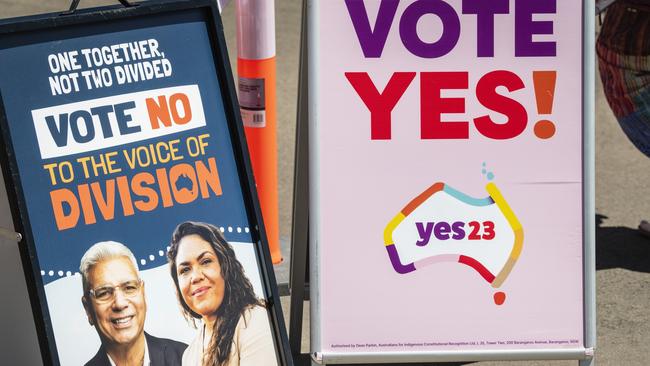
Opinion
Don't miss out on the headlines from Opinion. Followed categories will be added to My News.
With all the noise around the Voice to Parliament referendum, voters might be forgiven for thinking this proposal is going to force seismic change and sweeping reforms in this country.
But ask any Indigenous Australian – particularly those living in a remote area – what they would want a regional representative to raise in the Canberra corridors of power, and it’s a far cry from scares of stolen land and crippling reparation taxes.
On a recent visit to Mossman Gorge in Far North Queensland, I asked a young Kuku Yalnji Traditional Owner what she thought a Voice would be good for in her community.
She paused for a minute, before saying “the women’s shelter”.
From this I assumed the community didn’t have one, but I was wrong.
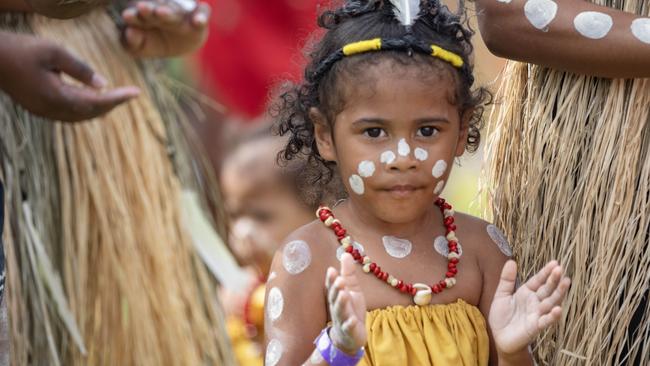
A shelter was recently constructed at Mossman Gorge, but unfortunately any Aboriginal woman who finds themselves in need of this service is going to face a major problem.
The community doesn’t have the staff or resources to actually run the place.
It’s just empty.
So common is this phenomenon that Aboriginal and Torres Strait Islander people working in advocacy exasperatedly refer to it as governments’ “build it and they will come” approach.
Essentially a well-meaning politician funds the building works for a service an Indigenous community desperately needs, but then packs up simply assuming other elements – like staff or running costs – will automatically follow.
There are endless examples of governments with the best of intentions creating unintended consequences.
These are the ever-so-minor, but monumentally important issues to those impacted, that advocates of a Voice say would finally reach the ears of those in power to overhaul how money and resources are used in communities.
Earlier this year the remote Northern Territory communities of Daguragu, Kalkarindji and Nitjpurru were forced to evacuate to the Howard Springs facility near Darwin due to severe floods.
Having learned from past mistakes, the NT government employed local community members to assist officials clearing out the destroyed homes so they could ensure no culturally significant artefacts were mistakenly identified as rubbish and thrown away.
Some houses were so damaged they were deemed uninhabitable, so several shipping container-style new homes had been trucked in for those who found themselves homeless.
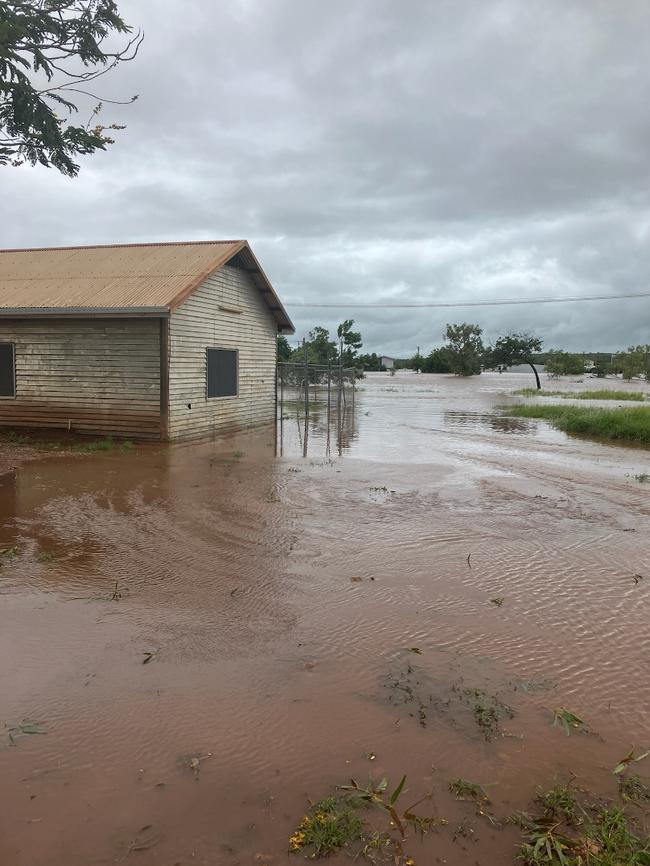
Sounds good so far right?
Well unfortunately as the residents of Kalkarindji returned to their homes after almost three months living in an evacuation centre, they were shocked to learn these new homes had been plonked haphazardly around the tiny town without any consultation about proximity to significant sites or other cultural concerns.
A totally unavoidable source of tension between community and government, if only someone had thought to ask for advice first.
Another example – this time an accidental good news story.
Palm Island off the coast of North Queensland got its first ever pharmacy in 2018 – meaning its 2000-odd residents no longer needed to make a three-hour return ferry journey to Townsville to buy simple over-the-counter medicines.
But the island didn’t get this great new service because a state or federal MP decided it was a good idea.
It was basically luck.
A pharmacist wanting to set up shop in a remote location had written to several councils asking if they were interested in his services, and the Palm Island mayor was just the fastest to reply with a resounding: “yes please!”
While great for Palm, that is not how Australians’ access to healthcare should be decided.
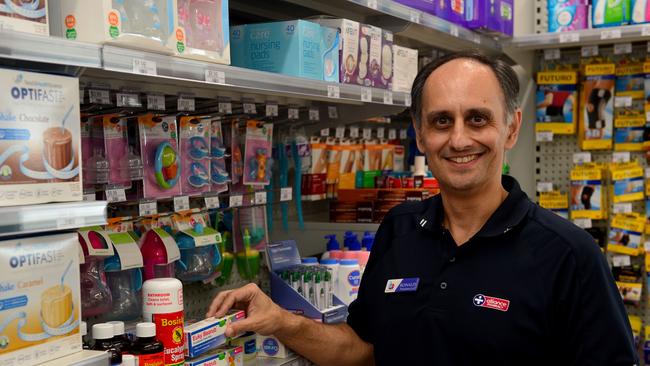
But the problems created when governments aren’t hearing community are not just about cultural sensitivity or convenience, they can be life threatening.
Early during the Covid pandemic much was said about the need to protect vulnerable Indigenous communities from the virus.
But it wasn’t until a deadly outbreak spread to the town of Wilcannia in the remote northwest of NSW, that Australians got a glimpse of just how ill-prepared governments were to respond to such an obvious potential risk.
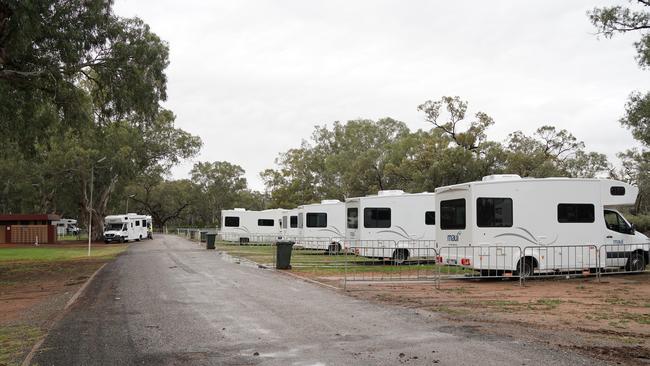
A convoy of campervans had to be rushed to the edge of the town to become makeshift isolation facilities, because when three generations of a family are living in a small one- or two-bedroom home, it’s a little tricky to find a space to self-isolate from your loved ones.
There are hundreds of situations like these across remote Indigenous communities.
Almost every single one has a simple fix just waiting to be implemented.
But when governments change at the whim of the electorate – as they should – there is no true continuity in tracking how these problems are being addressed.
If the referendum succeeds, those entrusted to form the inaugural Voice advisory committee owe it to Yes voters to make these stupidly simple issues a thing of the past.
And if the No vote succeeds, then every single politician who has advocated the power of a local MP better be turning up to parliament with a shopping list of to-do items from their own Indigenous communities.





